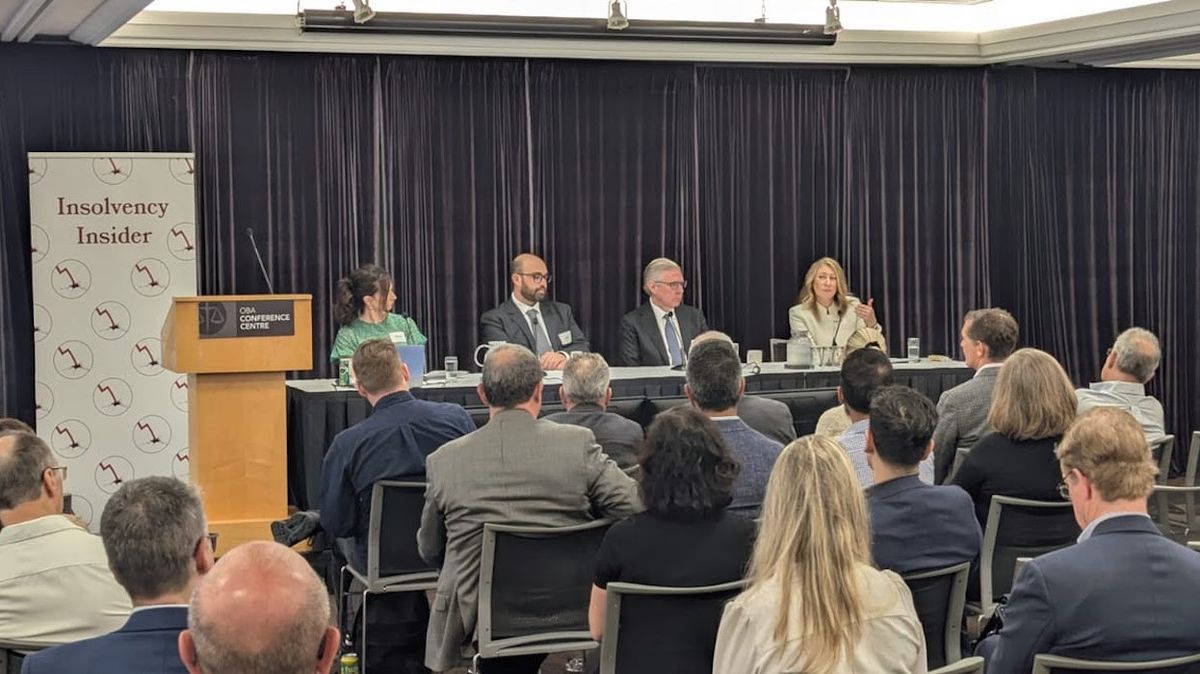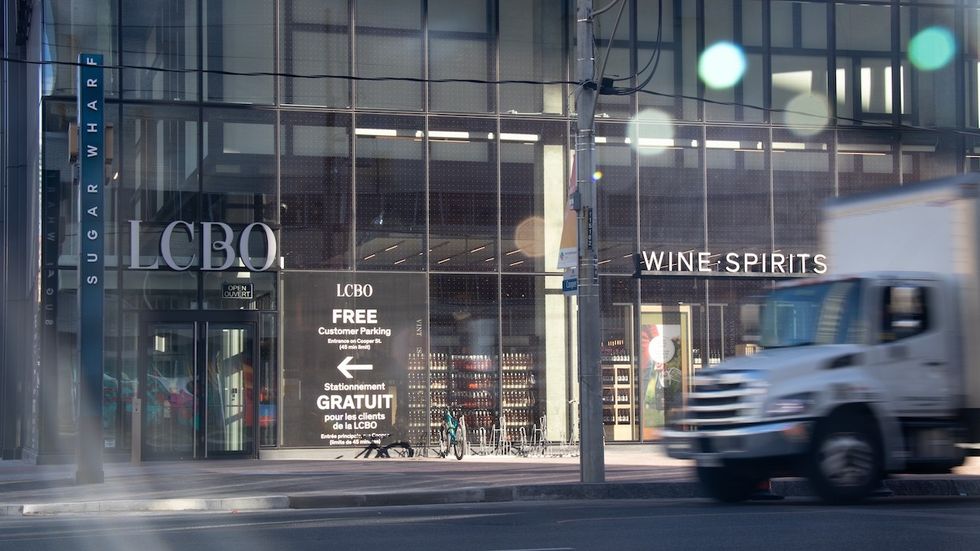New data from the Office of the Superintendent of Bankruptcy (OSB) confirms just how bad Canadian household debt is getting.
In March, the number of reported consumer insolvencies reached an eight-year high of 11,963. That’s a 5.7 per cent increase from the same month last year.
READ: More Canadians Feeling ‘Maxed Out’ By Household Debt: Survey
This stat is significant since it is the largest yearly increase since 2009, HuffPost Canada reports. At that time, Canadians were recovering from the financial crisis, and the number of consumer insolvencies peaked at 15,000, according to BNN Bloomberg.
Manitoba, Nova Scotia, and Newfoundland and Labrador saw the biggest increase of reported consumer insolvencies between March 2018 and March 2019. The numbers rose drastically by 29, 14.7, and 10.4 per cent, respectively.
In comparison, Ontario and B.C. had a mere increase of 7.3 and 5.6 per cent, respectively.
READ: 3 In 4 Canadians Prioritize Saving Money Over Paying Off Debt: Survey
With household debt now reaching $2.17 trillion, it’ safe to say debt is a significant part of Canadians’ lives. Previous reports found that Canadians are really struggling, with nearly half believing they are $200 away from making ends meet. Additionally, one in five say they will have to liquidate assets just to clear debt this year.
There are a number of factors that contribute to household debt, such as high interest rates, mortgages, student loans, and credit card bills. But one expert believes the stigma around bankruptcy could be a significant reason, too.
READ: Millennials Make More Money, But Have More Debt Than Gen Xers
“Filing for bankruptcy can be seen as an admission of personal and financial failure,” said Grant Bazian, president of insolvency firm MNP Ltd. “This shame and guilt causes many people to sweat it out for years before reckoning with their debt.”
This theory makes sense considering that the number of consumer bankruptcies fell by 3.9 per cent year-over-year in March. At the same time, the number of consumer proposals jumped by 12.9 per cent, according to OSB data.
READ: 1 In 5 Canadians Will Liquidate Assets To Clear Debt This Year
Consumer proposals are when a debtor makes an agreement with a creditor to pay back a portion of what they owe or extend the time they have to pay it back. They are becoming an increasingly popular alternative to bankruptcies, as evidenced by the stats.
“[Being in financial distress] isn’t good news,” Bazian said, “but it’s something that needs to be discussed so we can eliminate the stigma associated with asking for help and – if it is the best course of action – filing a proposal or bankruptcy.”





















